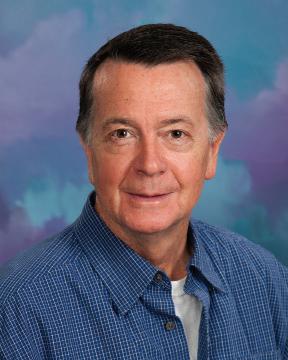
2 minute read
The Miracle Not Heard Around
Pierre Kory, MD, MPA Pulmonary and Critical Care Specialist, Teacher/Researcher. Co-Developer of effective, evidence/expertise-based COVID Treatment protocols with

Advertisement
the medical professionals and science giants of the Front-Line COVID-19 Critical Care Alliance.
Uttar Pradesh (UP) is a state in the north of India with a population of 231 million people. It’s the home of the Taj Mahal. If it were a country, it would be the sixth largest in the world.
In my view, the foundation of UP’s historic achievement rests on the in- tegrity of its Chief Minister (CM) Yogi Adityanath. He is a Hindu monk and known for his policy of zero tolerance against corruption. The importance of this quality cannot be overstated, especially given the last 2 years of unceasing corruptions of medical science and public health policy that continuously emerge each day.
More about the Yogi: first off, at 26 he became the youngest member of Parliament in India’s history. And although he has clashed at times with his political party leaders (BJP), they leave him alone because he is considered a “star campaigner” (plus he has, at times, successfully helped candidates they did not want to gain office).
Since taking office as CM over three and half years ago, he took action against 775 corrupt officials in UP from the Indian Administrative Service and the Indian Police Service. His leadership during COVID should serve as a historically inspiring example to politicians. They should take note of how honest, forthright policies designed with the singular goal of serving and protecting the public good can succeed in politics.
To wit, in the early 2022 elections in Uttar Pradesh, Yogi Adityanath was re-elected with his party securing 255 of the 403 seats. Compare this to the next most successful opposition party (INC), which only obtained 5 seats.
Further, Yogi Adityanath is the only CM of the state with a full five years in office to win the subsequent election and retain it. Even the Union Minister of Home Affairs and Cooperation lauded him, saying that Yogi Adityanath brought Uttar Pradesh out of the path of corruption and onto a path of development. This reminds me of the three Brazilian city mayors who won landslide elections after creating city-wide early treatment initiatives with “ineffective” drugs like HCQ, IVM etc. (as you can learn from this hit job of an article on all three mayors).
I believe Yogi Adityanath’s emphasis on deterring corruption was the key ingredient to one of the most successful public health campaigns in history. Yogi Adityanath’s achieve- ment in combatting COVID resulted from the massive amount of human and institutional resources he mobilized, along with his selection of extremely talented and committed public health officials. His oversight of these officials ensured they could carry out their tasks without big Pharma’s influence. It is clear from the record below that his primary purpose was doing what he thought best for the citizens of UP.
One remarkable example of Yogi Adityanath’s early efforts as CM was his launch of a call center for UP citizens to address grievances to problems in their daily lives or with failures of government services. The call center received an average of 37,000 calls a day, and resolved 95% of a total of the 2.1 million calls in the program’s first year.
Now, imagine this. In COVID, the government itself made 10,000 calls a day to follow up on citizens ill with COVID. Even hospitalized citizens were getting calls to make sure they were OK and getting the care they needed. An absolutely inspiring example of what I used to think was still possible in this country, i.e “good government.”
** Quick interlude: This post on UP relies on the work of not only TrialSite News (the only publication in the world to consistently and accurately cover UP’s program) but also the incredible work of FLCCC analyst Juan Chamie. Juan, to me, is a historical figure because I credit his pre-print paper of October 2020 — in which he detailed the incredible successes of
Nursing Homes










